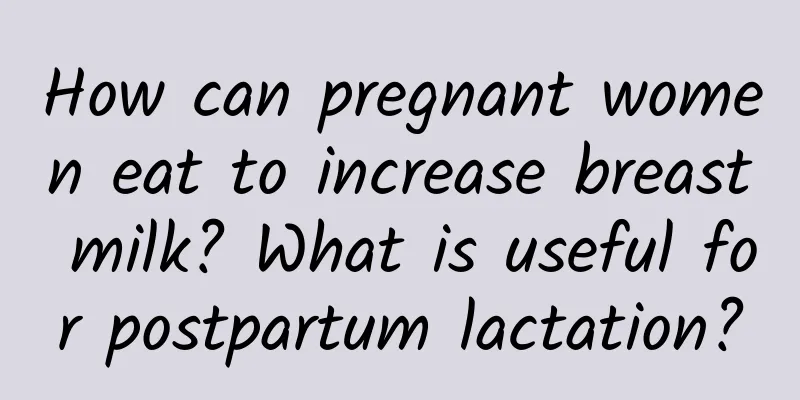What causes ovarian enlargement?

|
If we want to scientifically treat and solve problems such as ovarian enlargement, then we should first understand the causes. For example, ovarian cysts or women affected by oophoritis may show signs of ovarian enlargement. 1. Causes of ovarian enlargement 1. Ovarian tumor: a general term for ovarian swelling, enlargement and neoplasms. Physiological ones include follicular cysts and corpus luteum cysts. Pathological tumors are divided into neoplastic and non-neoplastic tumors. Non-neoplastic diseases include endometriosis, polycystic ovary, etc. 2. Ovarian inflammation: The ovaries are enlarged or the surface is edematous or ischemic or adherent, and the surface is covered with membrane-like substances; the ovaries may form adhesions with the fallopian tubes, the side walls of the pelvis, and the posterior wall of the uterus, or the ovaries and fallopian tubes may be seen adhered and wrapped together; if there is an ovarian abscess, pus can be seen on the surface of the ovaries, and the ovaries are obviously enlarged. The ovaries are the place where eggs develop, mature, and are released, and the follicles at different stages are in the ovarian cortex. If the ovaries are damaged, the development, maturation, and release of the eggs will be impaired, which will lead to infertility. Ovarian cysts are a type of ovarian tumor, and the mechanism by which they cause infertility is related to interference with ovulation function. Treatment of ovarian inflammation (1) When treating ovarian inflammation, if it is polycystic ovary syndrome: the first choice of treatment should be clomiphene, followed by ovarian wedge resection and oophorectomy, cyst puncture and other therapies, which can also achieve good results. (2) Ovarian inflammation: It can be divided into tuberculous and non-substantial ovarian parenchymal inflammation and peripheral inflammation. For inflammation, anti-inflammatory treatment should be the main treatment; for those with surrounding fibrous adhesions, laparotomy or laparoscopic adhesion lysis can be considered; for tuberculosis patients, anti-tuberculosis treatment can be performed. This is a method to treat ovarian infertility. (3) Abnormal ovarian position: Ovarian sagging causes the anatomical position of the fallopian tube fimbria and the ovary to change, thus affecting the entry of the egg into the fallopian tube. In this case, when choosing a method to treat ovarian infertility, you can consider shortening the ovarian ligament or fixing the ovarian mesentery to the posterior wall of the uterus. Adhesive uterine malposition is often caused by inflammation and endometriosis, both of which can cause infertility. Surgery or laparoscopic adhesion lysis can be considered, which are methods for treating ovarian infertility. |
<<: What are the symptoms of cervical hypertrophy?
>>: What are the dangers of cervical hypertrophy?
Recommend
What causes dizziness in pregnant women?
Dizziness in pregnant women is closely related to...
Can I still have a baby after having my uterus removed?
In our daily life, we often see women whose uteru...
Can I get pregnant if my herpes simplex virus IgG is positive?
It is very important to develop good personal hyg...
How to make boiled fish chewy? What is the method of boiled fish?
Boiled fish, also known as river-boiled river fis...
Why does the menstrual cycle only occur once every two months?
Children today are affected by many external fact...
How can gynecological inflammation heal itself?
In fact, many women now have some gynecological i...
Are there any side effects of using breast enhancement cream?
Breast size is extremely important for women'...
How often should hcg be checked in early pregnancy?
Pregnant mothers all know that HCG is an importan...
What are some fat-loss exercises for women?
For women, fat should be the most disgusting thin...
How long does it take for one person to do it?
NT is a relatively important test for early abnor...
If you have menstruation again after menopause, beware of inflammation
After women reach the age of 50, due to the decli...
What causes women to urinate more at night?
Many female friends often have the experience of ...
49-year-old woman with irregular menstruation
The physical fitness of female friends will decli...
"Health from eating" series | The weather is cold and dry, check here for winter food supplements
As the old saying goes, "Tonify in winter, f...
Pregnancy check-up time
Nowadays, many women pay special attention to ens...









